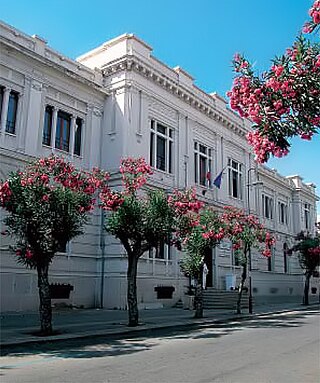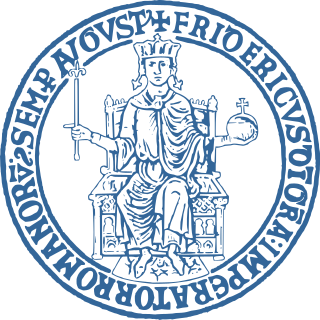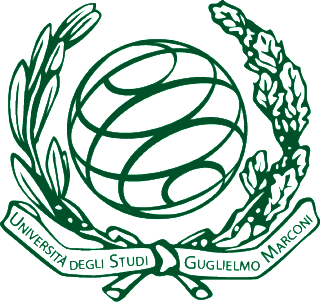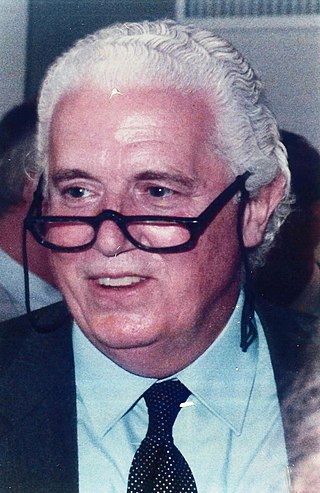
An unmanned aerial vehicle (UAV), commonly known as a drone, is an aircraft without any human pilot, crew, or passengers on board. UAVs were originally developed through the twentieth century for military missions too "dull, dirty or dangerous" for humans, and by the twenty-first, they had become essential assets to most militaries. As control technologies improved and costs fell, their use expanded to many non-military applications. These include aerial photography, area coverage, precision agriculture, forest fire monitoring, river monitoring, environmental monitoring, policing and surveillance, infrastructure inspections, smuggling, product deliveries, entertainment, and drone racing.

Aerospace is a term used to collectively refer to the atmosphere and outer space. Aerospace activity is very diverse, with a multitude of commercial, industrial, and military applications. Aerospace engineering consists of aeronautics and astronautics. Aerospace organizations research, design, manufacture, operate, maintain, and repair both aircraft and spacecraft.

The University of Milan, officially abbreviated as UNIMI, or colloquially referred to as La Statale, is a public research university in Milan, Italy. It is one of the largest universities in Europe, with about 60,000 students, and a permanent teaching and research staff of about 2,000.

Israel Aerospace Industries, is Israel's major aerospace and aviation manufacturer, producing aerial and astronautic systems for both military and civilian usage. It has 14,000 employees as of 2021. IAI is state-owned by the government of Israel.

Tor Vergata University of Rome, also known as the University of Tor Vergata, is a public research university located in Rome, Italy. Located in the southeastern suburb of Rome, the university combines a liberal arts tradition with emphasis on career orientation in the field of Economics, Engineering, Mathematics and Physics, Natural Sciences, and Medicine.

Korea Aerospace Industries, Ltd. is a South Korean aerospace and defense company. It was originally established as a joint venture of Daewoo Heavy Industries' aerospace division, Samsung Aerospace, and Hyundai Space and Aircraft. During 1999, KAI became more independent of its founding members, acquiring their aerospace interests at the behest of the South Korean government following the financial troubles of these companies that had resulted from the 1997 Asian financial crisis.

Mediterranea University of Reggio Calabria, also referred to as Mediterranea University or University of Reggio Calabria, or simply UNIRC, is an Italian public research university, located in Reggio Calabria, Italy. In 2021, it is the third best university in the state.

The University of Naples Federico II is a public research university in Naples, Campania, Italy. Established in 1224 and named after its founder, Frederick II, it is the oldest public, secular, non-sectarian or state-funded university in the world, and one of the world's ten oldest universities in continuous operation.

The University of Salento is a university located in Lecce, Italy. It was founded in 1955 by Giuseppe Codacci Pisanelli.

The Directorate of Defense, Research, & Development, abbreviated Maf'at (מפא"ת), is a joint administrative body of the Israel Ministry of Defense (IMOD) and the Israel Defense Force (IDF).

Elisra Group is an Israeli manufacturer of high-tech electronic devices, mainly but not exclusively for military use. It makes equipment for electronic communication and surveillance, missile tracking and controlling systems, radar and lidar equipment. The group is composed of three companies: Elisra Electronic Systems, Tadiran Electronic Systems Ltd. and Tadiran Spectralink Ltd.
Tadiran refers to a former Israeli conglomerate, which was founded in 1962 by the merger of two companies, Tadir and Ran. The name of the company is a joining of both companies’ names.
Supmicrotech is a French school of engineering. It is part of Polyméca, a network of schools focusing on mechanical engineering.

The IAI Scout is a reconnaissance unmanned air vehicle developed in Israel in the 1970s by Israel Aircraft Industries as a competitor to the Tadiran Mastiff. The project was led by Charley Attali, David Harari, and Michael Shefer who were all awarded the 1981 Israel Defense Prize.

Antonio Kim Ciccarelli, is an economist and Italian businessman. He is currently professor of worldwide economy at the University of Trieste (Italy).
webinos (Secure WebOS Application Environment) is a computing platform for the development of software components that are independent of the utilized computer hardware or operating system. At the same time, webinos is the name of the EU-funded project aiming to deliver this platform. The webinos platform is based on open-source software. Its objective is to enable web applications and services to be used and shared consistently and securely over a broad spectrum of converged and connected devices (cross-platform and cross-domain), including mobile, PC, home media (TV) and in-car units. More than 5,400 developers have already downloaded the webinos operating system.

Guglielmo Marconi University (GMU), often abbreviated as UniMarconi is a private, non-profit university in Rome, Italy. The university offers degrees at the undergraduate and graduate level.

Massimo Trella was an Italian engineer, with a Master degree in mechanical and aerospace engineering, who has held numerous prestigious institutional positions in Italy and abroad in the space exploration field. He was a member of ASI, director of ESTEC and Inspector General of ESA.
Daniela di Serafino was an Italian applied mathematician and numerical analyst whose research involved numerical linear algebra, gradient descent methods for nonlinear optimization, and applications in scientific computing. She was a professor of numerical analysis in the Department of Mathematics and Applications at the University of Naples Federico II.















